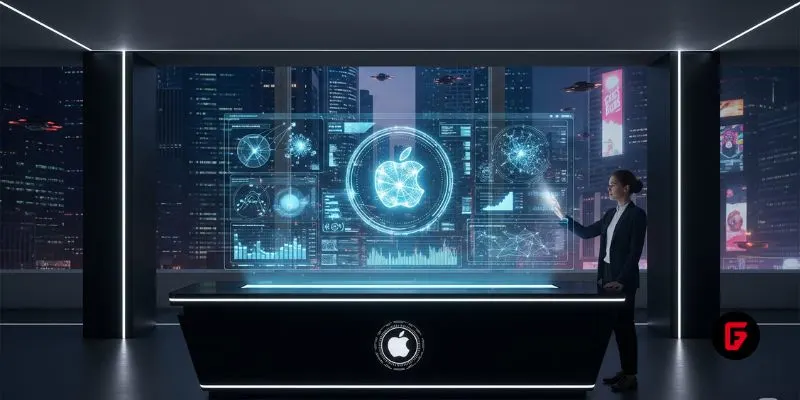As tech enthusiasts and engineers chase ever-faster AI responses, Apple just dropped an innovation that could redefine the landscape. The company’s new multi-token prediction framework promises up to five times faster language model output—without any sacrifice in quality. Here’s why this breakthrough matters and how it works.
What Is Apple's Multi-Token Prediction, and Why Is It a Game Changer?
For decades, autoregressive language models (think GPT, Llama, Tulu) have been limited by their core design—they predict text one token at a time. That means the machine pauses after every word, assessing what comes next. But Apple researchers realized these models actually “know” more about future words than we use, carrying latent information for multiple subsequent tokens.
Apple’s recent framework harnesses this secret power. Instead of painstakingly generating the next word, models now simultaneously predict several tokens at once, thanks to a clever approach using mask tokens inserted in the prompt (for example, “The cat is <MASK1> <MASK2>,” which might instantly become “very fluffy”). A verification system checks each group prediction on the fly: if it matches what traditional decoding would produce, it keeps going; otherwise, it returns to the classic one-token method for that moment, ensuring accuracy never falters.
Technical Magic: How Multi-Token Prediction Works
So, what’s powering this leap forward? Apple’s framework incorporates four main innovations:
Masked-Input Formulation: Models jointly predict multiple future tokens from a shared context, leveraging deeper latent knowledge.
Gated LoRA Adaptation: This preserves the original model’s abilities but equips it to generate multi-token outputs with minimal parameter changes.
Lightweight Sampler Module: It assembles coherent text sequences, integrating new predictions without bloating computation.
Auxiliary Training Losses: These ensure predictions remain consistent and high-quality, avoiding the “draft model” pitfalls seen in past speculative approaches.
Speculative Generation Strategy: The model can explore further ahead, sometimes generating tokens quadratically more than before while maintaining fidelity.
During training, Apple’s team taught its artificial intelligence (AI) (using Tulu3-8B as a benchmark) to reliably predict up to eight future tokens at once, not just the next one. The result is a model that feels snappy in coding, math, chat, and general writing—without any regretful drop in output quality.
Real-World Speed: How Fast Is Multi-Token Prediction?
This isn’t vaporware. Actual tests showed:
2–3x faster responses in standard text tasks, including Q&A and chat.
Up to 5x speedups for highly structured domains like coding and math, where the next few tokens are easier to guess.
No observed loss in output quality, thanks to the gated LoRA adaptation that enables these powers without disrupting core model functions.
For developers deploying AI on-device (think Apple’s Private Cloud Compute and local LLMs on iPhones and Macs), these savings are substantial. It means less battery drain, smoother interactivity, and faster completion rates for everything from customer support bots to on-the-go creative writing tools.
The Industry Impact: Why This Matters Now
Apple’s move arrives as pressure mounts to push AI competitiveness and “catch up” with industry giants rolling out more advanced features. Multi-token prediction fits neatly with Apple’s privacy-first approach, empowering on-device AI that doesn’t need cloud horsepower to deliver premium experiences.
For the wider AI community, this sparks a fresh wave of research: refining multi-token output even further, tuning models for optimal token batch sizes, and exploring parallel processing across device or cloud environments. Developers can expect models that train faster, use less compute, and deliver richer results, especially for industries that rely on AI-assisted code generation, data analysis, or automated writing.
Apple’s research isn’t just academic—it’s the dawn of a new era where machines respond at human speed and beyond. Watch closely: the age of multi-token AI is here, and it’s rewriting the rules.














